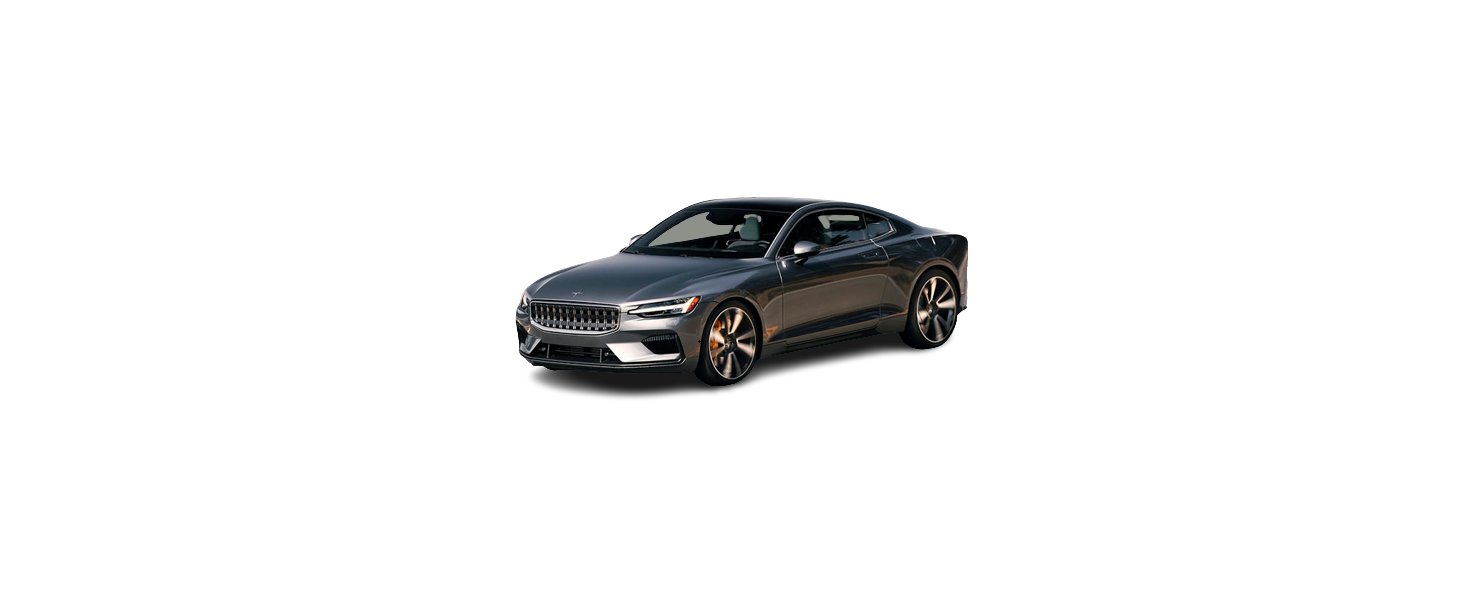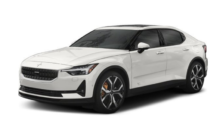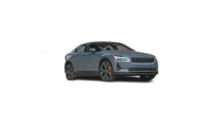When listening to an HD Radio station and driving through areas with weak HD signals (fringe areas), you may experience that the radio repeatedly switches between analog/digital and digital/analog reception. If this happens, it may be desirable to switch HD off.
Carry out the following to activate or deactivate HD Radio:
- Drag down the top view and tap on Settings.
- Press Mediaand FM Radio.
- Press HD Radio FM to activate/deactivate the function.
If HD radio is deactivated, the radio will be unable to receive digital broadcasts but it will continue to function as a conventional radio (analog FM receiver). Please note that when HD is switched off, it will not be possible to tune in to sub-channels.
HD Radio™
Introduction
Display when the radio is receiving an HD Radio broadcast (generic illustration)
HD Radio volume may fade in and out at times due to coverage limitations.
The IBOC system is referred to as a “hybrid” since it is both analog and digital. During hybrid operation, receivers still continue to receive the analog (non-digital) signal. HD Radio receivers incorporate both modes of reception, where the receiver will automatically switch to the analog signal if the digital signal cannot be decoded or is lost by the receiver.
When you have tuned to an HD Radio station, the
- Grayed-out symbol: No HD Radio broadcast reception
- White symbol: the radio is actively receiving an HD broadcast
- Orange symbol: the radio is receiving an HD broadcast with digital sound
More information about HD Radio and IBOC can be found on DTS, Inc.’s website, www.dts.com.
Artist Experience™
A radio station’s logo and album art can be displayed. If a station opts to provide this information, it is broadcast once every 12 minutes, which means that there may be a delay before the logo/album art appear on the screen. The radio can store 100 station logos so the next time the radio is tuned to the same station, the logo will be displayed immediately. Album art is synched with the artist that you are currently listening to.
Ball game mode
This feature means that a main FM station (HD1) will broadcast live events, where the content of the programming is more important than sound quality, in analog mode only to help prevent the delay between analog and digital broadcasting. The HD Radio symbol will be white during live broadcasts and “Live” will be displayed next to the symbol.
Benefits of digital broadcasting
- Better sound (FM sounds near CD quality).
- Some FM frequencies offer a greater number of listening choices through multicasting (consisting of a frequency’s main channel and any sub-channels that may also be available on that particular frequency.)
- When receiving a digital signal there is no multipath disturbance or hisses/pops/crackling due to outside influences.
How HD Radio ™ Technology broadcasting works
HD Radio works similarly to conventional radio and broadcasts of this type are available in many areas of the United States. However, there are a few key differences:
- Instead of transmitting one analog signal, stations send out a bundled signal – both analog and digital.
- An HD Radio receiver can receive both digital and analog broadcasts. Depending on the terrain and location of the vehicle (which will influence the signal strength), the receiver will determine which signal to receive.
HD Radio™ limitations
Limitations
- Main channel vs. sub-channels (FM only): The main channel is the only channel that can receive in hybrid mode (both digital and analog). If a frequency has sub-channels, they are broadcast in digital mode only. The main FM channel will be displayed as, for example, “WRIF-FM HD1”. The sub-FM channels will be displayed as”WRIF-FM HD2″, “WRIF-FM HD3”, etc.
- Reception coverage area: Due to current IBOC transmitter power limitations, the reception coverage area in digital mode is somewhat more limited than the station’s analog coverage area. Be aware that, like all radio transmission technology, terrain, time of day, vegetation and buildings can have a positive or negative effect on radio reception.
- Analog to digital/digital to analog blending: Analog to digital blending will occur as the signal strength reaches a preset threshold in the receiver. This will be noticeable in fringe areas (areas with weak reception) and is normal.
There may be a noticeable difference in sound quality when a change from analogue to digital or digital to analogue occurs, such as:
- Volume increase or decrease
- Equalizer settings, i.e., Bass/ Midrange/Treble cut or boost
- Time alignment (Digital program material in extreme cases can be as much as 8 seconds behind the analogue). This will noticeable as a “stuttering” effect.
The above items are dependant on the broadcaster’s equipment settings and do not indicate a fault in the vehicle’s radio receiver or antenna systems.
HD Radio™ sub-channels
Sub-channels
Example of an HD Radio station with sub-channels
If any sub-channels are available, they will listed below the main channel on the screen. In this example, WILD-FM HD2 is a sub-channel.
Selecting sub-channels
To listen to a station’s sub-channel(s), tap the station on the screen or press the forward/back arrow keys on the right-side steering wheel keypad or below the screen.
Sub-channels can also be saved as radio favorites.
If you tap a sub-channel favorite, it may take up to 6 seconds before the channel becomes audible. If you tap a station while you are out of digital range of the transmitter, No reception will be displayed.






